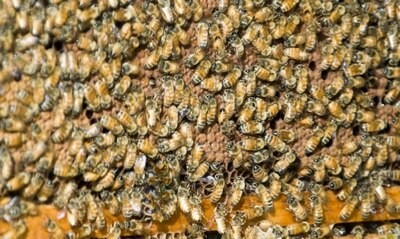Australian scientists have recently developed a new autopilot system that can guide aircraft through a complex series of maneuvers based off of honey bees. Allowing aircraft to quickly sense which way is "up" by imitating how honeybees see, engineers and researchers at The Vision Centre, Queensland Brain Institute and the School of Information Technology and Electrical Engineering at The University of Queensland have made it possible for planes to guide themselves through extreme maneuvers, including the loop, the barrel roll and the Immelmann turn, with speed, deftness and precision. The group first “trained” the new system to recognize the sky and the ground by feeding hundreds of different landscape images to it and teaching to it compare the blue color of the sky with red-green colors of the ground. Simple, low resolution cameras that are similar to a bee's visual system are then attached to the aircraft, allowing the plane to take its own landscape pictures to identify the horizon while flying. “Current aircraft use gyroscopes to work out their orientation, but they are not always reliable, as the errors accumulate over long distances, our system, which takes 1000ths of a second to directly measure the position of the horizon, is much faster at calculating position, and more accurate,” said Vision Centre researcher Saul Thurrowgood. While the new system design is indeed impressive, it still can’t prevent people from refunding their food during those ‘amazing’ maneuvers.
Dig

